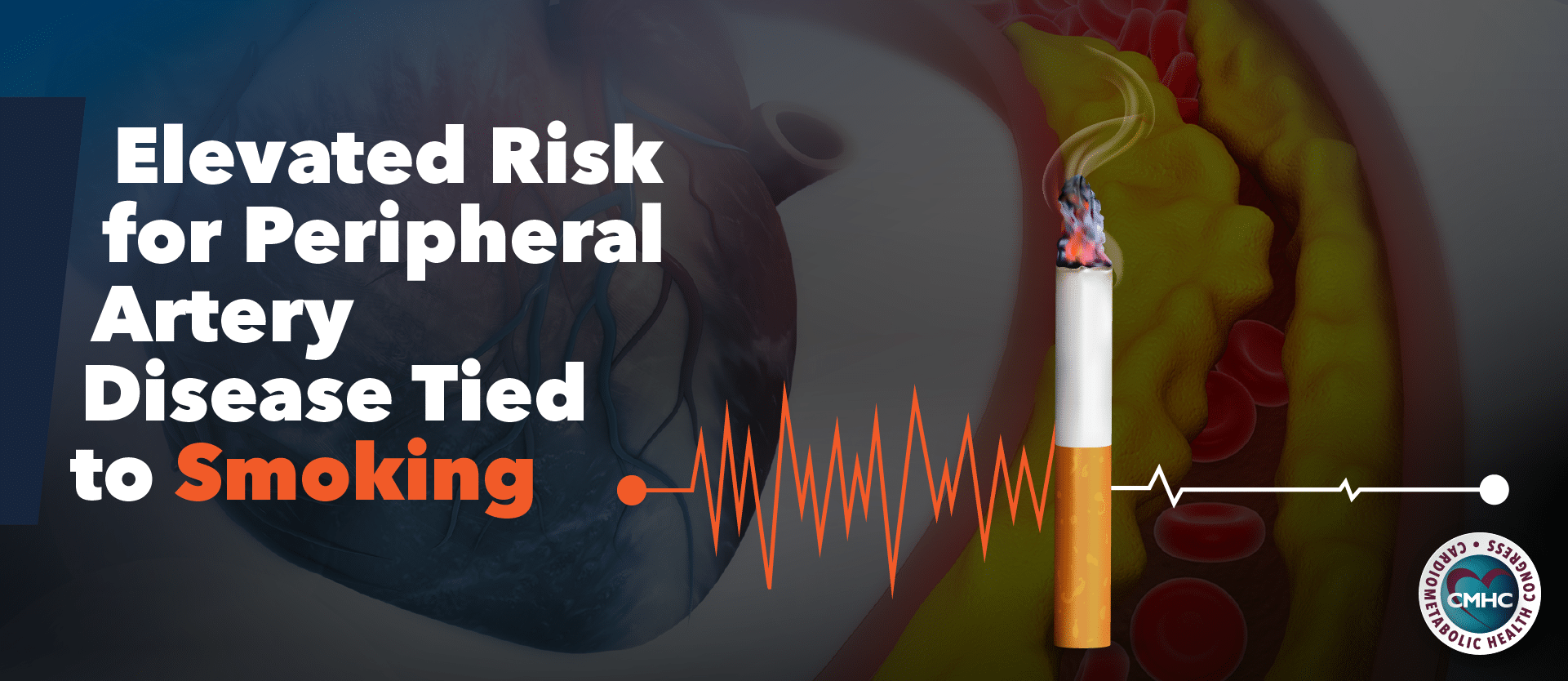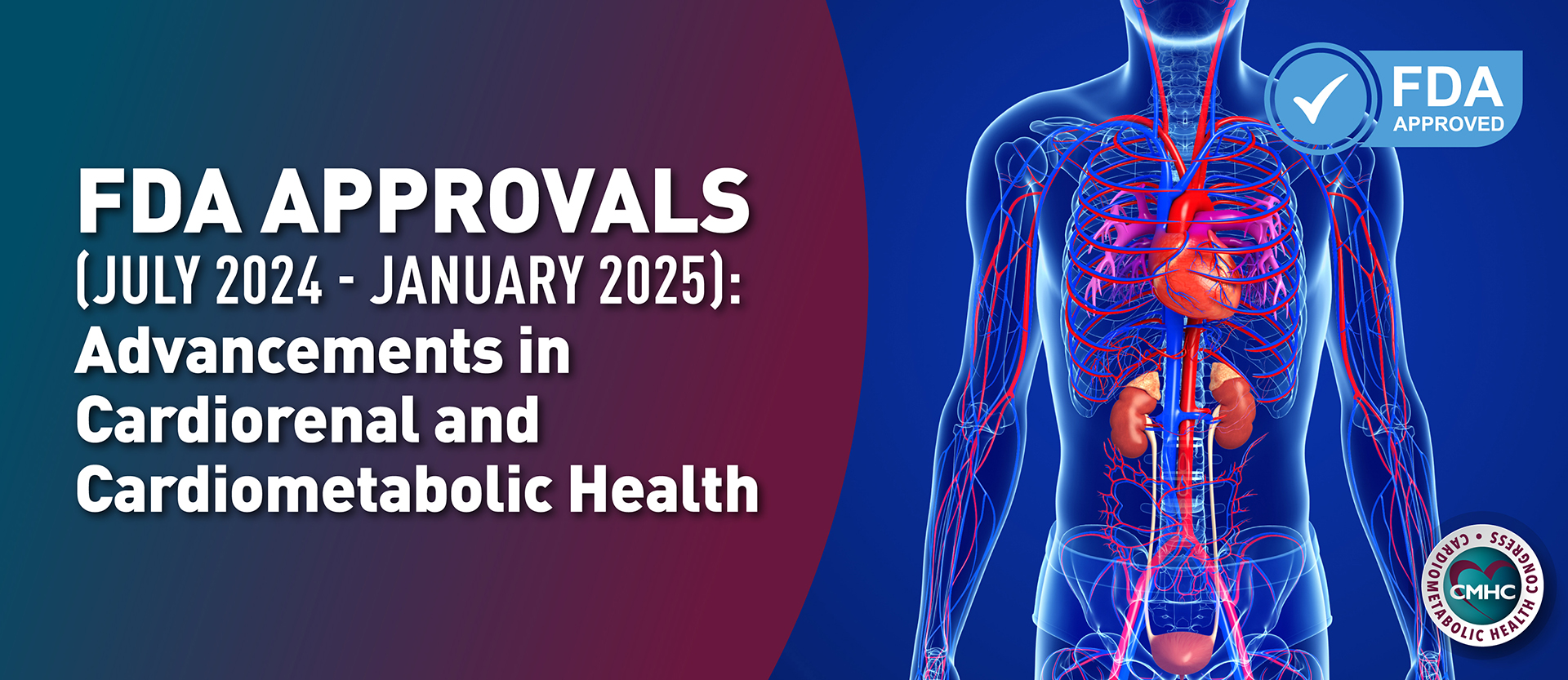Characterized by the reduction of blood flow, limb pain, poor wound healing, and other symptoms, peripheral artery disease (PAD) affects more than 10% of Americans over the age of 69. Although the majority of cases remain undiagnosed and there is a lack of public awareness surrounding the condition, prevalence is high – the CDC estimates about 8.5 million people suffer from PAD in the United States.
Among diabetes, obesity, and hypertension, smoking is one of the primary causes of this disease, however, public statements and research efforts predominantly address the effects of cigarette use on other cardiovascular conditions such as coronary heart disease (CHD) and stroke. To date, no study has assessed the long-term effects of smoking and its cessation on all three major atherosclerotic diseases: PAD, CHD, and stroke.
Although the noxious effects of smoking are well-known, recent research from the John Hopkins Bloomberg School of Public Health uncovers further long-term complications and enduring risks of cigarette use, quantifying the strong correlation between PAD and smoking for the first time.
Cigarette Smoking, Cessation, and Long-Term Risk of Peripheral Artery Disease
The new study, published in the Journal of the American College of Cardiology, aimed to quantify the long-term association of smoking and its cessation with the incidence of all three major atherosclerotic conditions. It is the first large-scale, long-term comprehensive evaluation of the smoking-elevated risks of PAD, CHD, as well as stroke. Findings reveal a significant elevation in risk of peripheral artery disease tied to cigarette smoking, which can persist for up to 30 years after cessation.
Led by senior author Kunihiro Matsushita, MD, PhD, associate professor in the Department of Epidemiology at the school, researchers analyzed a cohort of over 13,000 participants from the Atherosclerosis Risk in Communities study (ASIC) who did not have atherosclerotic disease at baseline. Participants were aged from 45 to 64 and were tracked for a median period of 26 years; the cohort included 3,323 current smokers and 4,185 former smokers. Researchers evaluated the association of smoking parameters, including pack-years, duration, intensity, and cessation, with peripheral artery disease incidence and contrasted results with CHD and stroke rates using Cox models.
Study Findings
Over the 26 years, 492 cases of peripheral artery disease were reported along with 1,798 CHD cases, and 1,106 stroke events. Researchers found that participants who smoked for more than 40 pack-years were 4 times more likely to develop peripheral artery disease than non-smokers. The smoking-elevated risks for the remaining atherosclerotic diseases were comparatively lower; smokers faced a 2.1 times higher risk for CHD and a 1.8 times higher risk for stroke.
Current smokers reporting more than one pack per day had an even higher risk for all three conditions, although, the likelihood of PAD increased more significantly than that of CHD or stroke. The pattern was consistent when smoking duration and intensity were evaluated separately, according to the study’s authors.
Effects of smoking on PAD risk were not only stronger than those on CHD and stroke risk, but they were also longer-lasting. Although a longer period of cessation resulted in decreased risk of all three conditions, the elevated risk for peripheral artery disease persisted for up to 30 years compared to 20 years for coronary heart disease. Despite prolonged elevation, researchers report that quitting smoking significantly reduced the risk of all three atherosclerotic diseases within five years.
“Our results underscore the importance of both smoking prevention for nonsmokers and early smoking cessation for smokers. The study also suggests that campaigns about smoking’s health risks should emphasize the elevated risk of peripheral artery disease, not just coronary heart disease and stroke,” concluded Dr. Matsushita. As the first large population study to include PAD risk calculation in the investigation of the long-term effects of cigarette use, this research underscores the need for raised awareness of the condition both within the medical community and the population at large.








